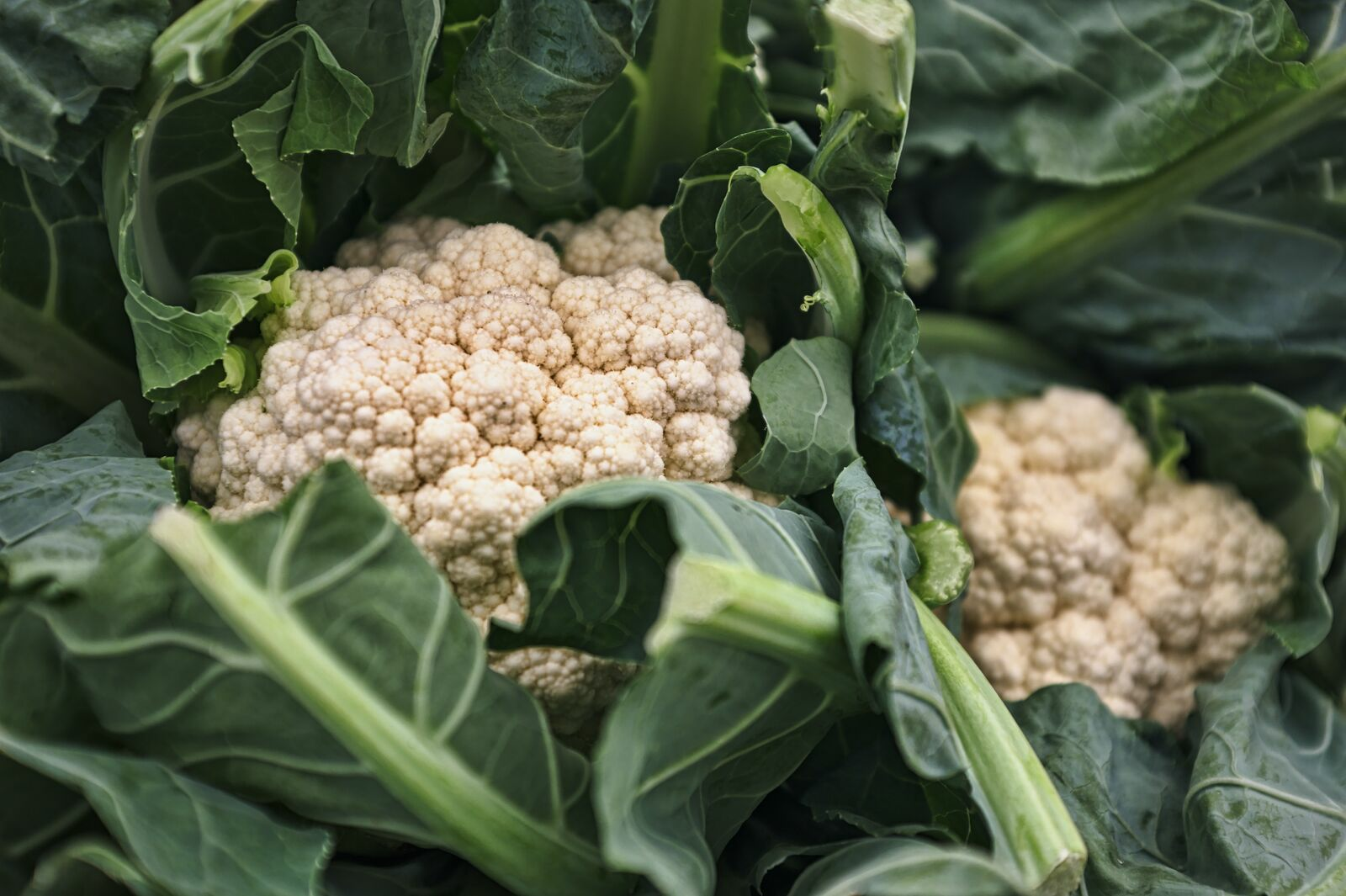
Planting, Growing & Harvesting Cauliflower: Tips for Cultivation
Cauliflower (Brassica oleracea var. botrytis), is a rather demanding type of cabbage to plant. In this article, you will find out what you should bear in mind when growing, caring for and harvesting cauliflower. You will also find an overview of different cauliflower varieties as well as information on companion planting, diseases and pests.
This Article Contains:
- Cauliflower Varieties According to Season
- Growing Cauliflower: Location, Soil & Planting Distance
- Propagating & Sowing Cauliflower
- Caring for Cauliflower Plants
- Companion Planting Table: What Goes Well With Cauliflower?
- Succession Cropping & Crop Rotation
- Cauliflower: Pests & Diseases
- Harvesting Cauliflower: When Do You Harvest Cauliflower?
- Storing & Preserving Cauliflower
- Frequently Asked Questions About Planting Cauliflowers
Quick Overview
Cauliflower Varieties:
- Early varieties (e.g. 'Balak', 'Erfurter Zwerg', 'Frühernte', 'Goodman')
- Late varieties (e.g. 'Di Verona Tardivo', 'Herbstriesen', 'Tabiro Ks')
- Winter varieties (e.g. 'All Seasons', 'Balak', 'Selektion Z' and 'Walcheren Winter')
- Green varieties ('Romanesco Natalino', 'Romanesco Precoce', 'Verde Macerata')
- Purple varieties ('Di Sicilia Violetto', 'Graffiti')
Growing Cauliflower: An Overview
- Cultivation indoors from the end of January, direct sowing from April.
- Germination temperature: 10 - 20 ° C/50 - 68 ° F, germination time: approx. 1 week.
- Sowing depth: 0.5 - 1 cm/0.2 - 0.4 in, planting distance: approx. 50 x 50 cm/19.7 x 19.7 in
- Location: Sunny, semi-shady spot & well-drained, nutrient-rich soil.
- Maintain even moisture and fertilize regularly as a heavy feeder.
- Tie up leaves if necessary to protect cauliflower from sunburn & keep it white
- Harvest from June/July for early varieties, fall harvest for late varieties, harvest in spring (April/May) for winter varieties
Cauliflower Varieties According to Season
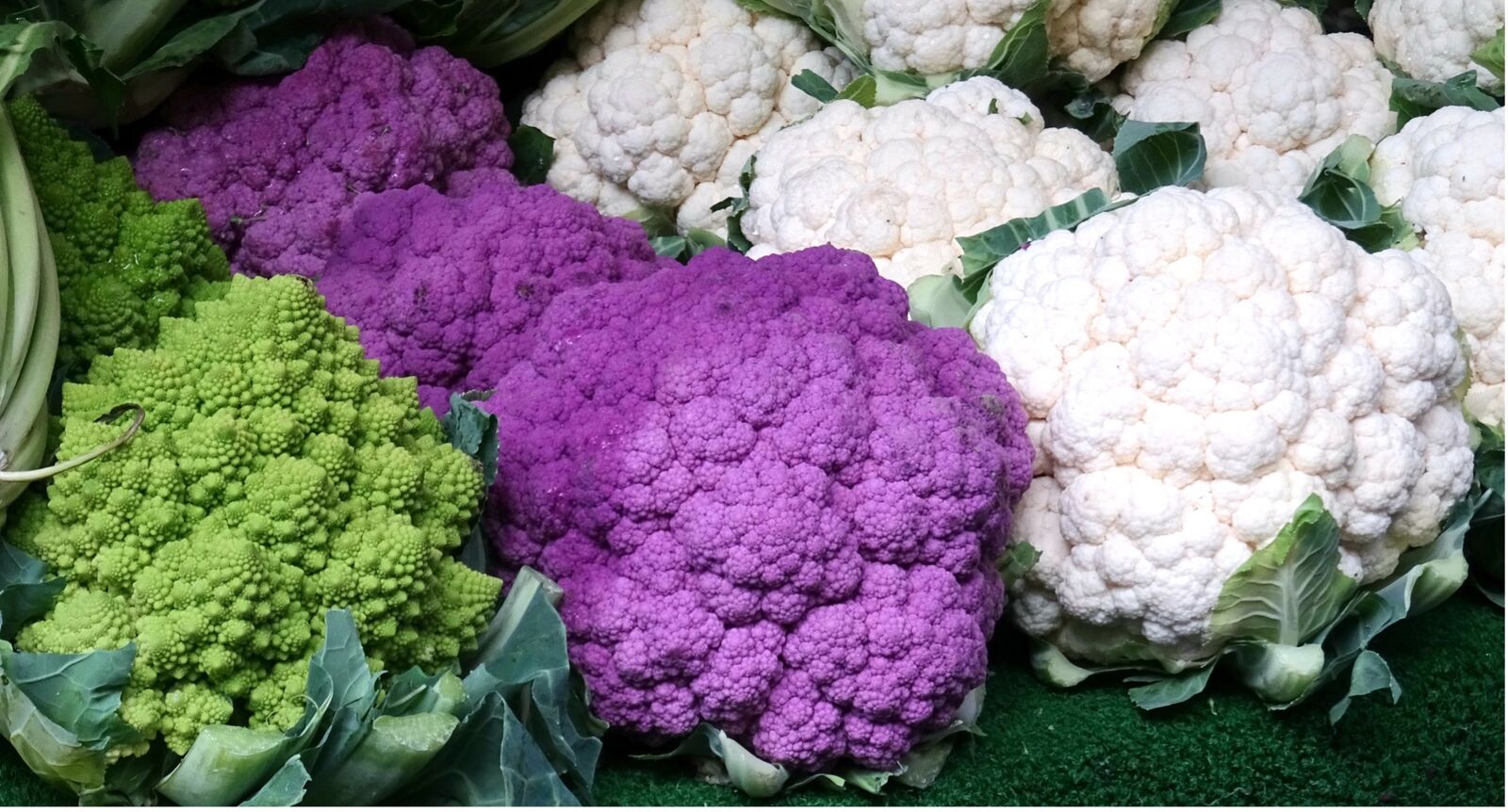
There are a few things to consider when selecting cauliflower varieties. In addition to open-pollinated varieties and F1 hybrids, there are early and late varieties that differ in their ripening and harvesting times. In addition to white cauliflower, there are also varieties in green, orange and purple and there are also some varieties for winter cultivation. Therefore, with different varieties and staggered sowing, you can even enjoy cauliflower all year round. Below we present a few varieties in each category.
Early & Late Varieties
Early and late varieties differ in their development time. Early varieties (e.g. 'Amabile', 'Balak', 'Erfurter Zwerg', 'Frühernte', 'Goodman') are ready to harvest around 50-60 days after sowing, while late varieties (e.g. 'Di Verona Tardivo', 'Herbstriesen', 'Tabiro Ks') need 80-100 days before they can be harvested.
Winter Cauliflower: Frost-Resistant Varieties
Varieties such as 'All Seasons', 'Balak', 'Selektion Z' and 'Walcheren Winter' are well suited for growing in winter. They are frost-tolerant and can be left outside in the bed over the winter. In spring, they can be harvested as early as April/May. This means they often escape the caterpillars of the cabbage white butterfly.
Green & Purple Cauliflower Varieties
In addition to white cauliflower, this versatile type of cabbage also comes in colors such as orange ('Cheddar F1'), green ('Romanesco Natalino', 'Romanesco Precoce', 'Verde Macerata') and even purple ('Di Sicilia Violetto', 'Graffiti'). Romanesco(Brassica oleracea convar. botrytis var. botrytis) is a variety of cauliflower and forms particularly interesting florets in Fibonacci spirals. These varieties therefore not only look great on your plate, they also add color and variety to your garden bed. Cauliflower also contains lots of vitamins and can be used in many different ways in the kitchen.

Find Out More About Cauliflower Varieties!
In our library you will find information on the individual varieties with cultivation periods, tips on planting and harvesting. You will also find good and bad companion plants to help you plan a mixed crop.
View Library NowGrowing Cauliflower: Location, Soil & Planting Distance
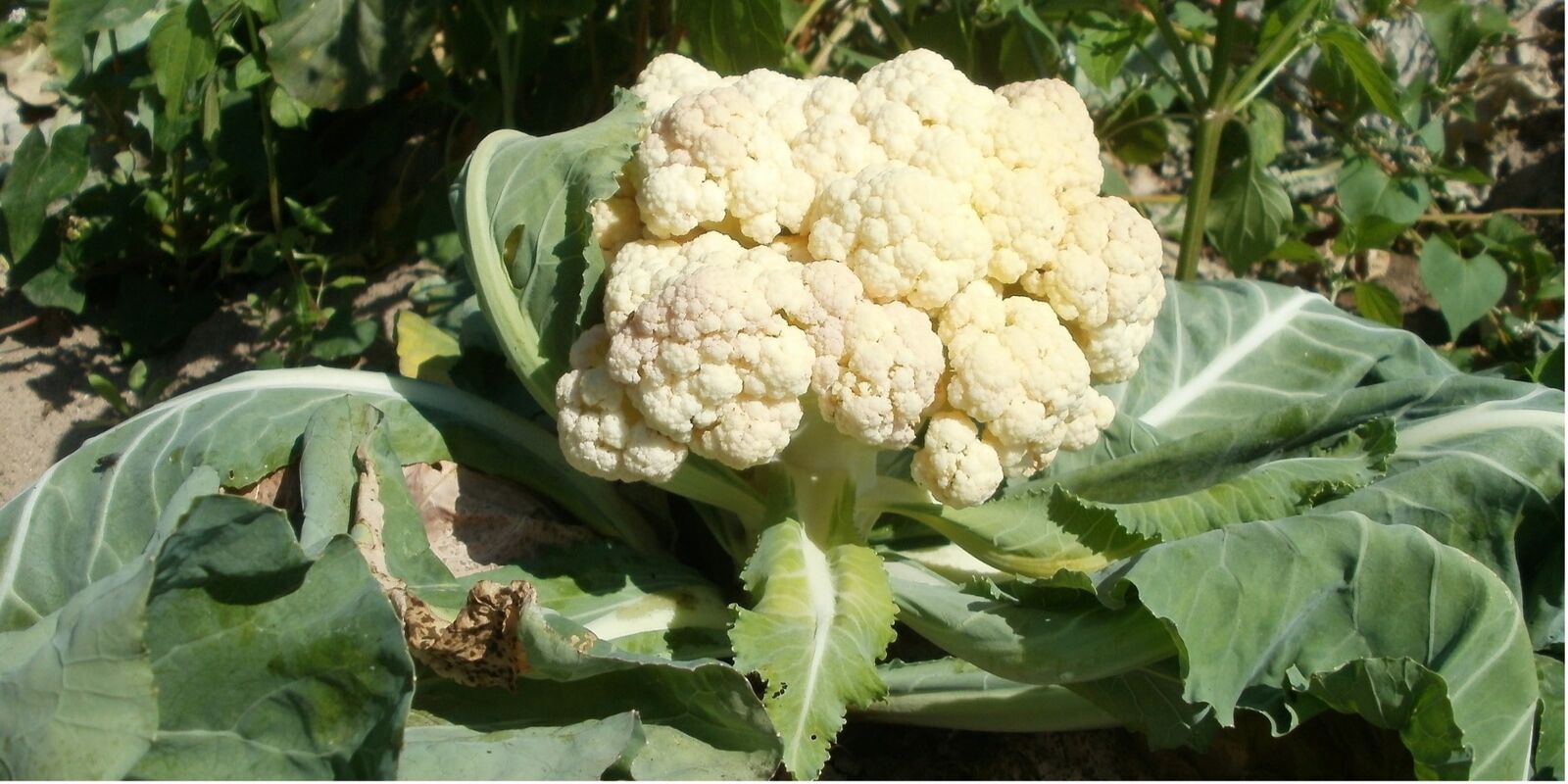
Cauliflower belongs to the cruciferous family (Brassicaceae), likes a sunny to semi-shady spot and a slightly loamy, but well-drained and humus-rich soil. It is a deep-rooted plant and, like all cabbages, a heavy feeder and therefore needs a lot of nutrients. A pH value of 6.5 - 7.5 is ideal. You should leave about 50 - 60 cm/19.7 - 23.6 in of space between the plants so that they have enough room to grow. In the row, a distance of between 50 - 70 cm/19.7 - 27.6 in is recommended, depending on the variety.
Growing Cauliflower in a Greenhouse, Raised Bed or Pot?
In addition to growing in beds, cauliflower can also be cultivated in a greenhouse, raised bed or pot.
The advantage of a greenhouse is that the plants are protected from the weather, which can be particularly important in winter. Winter flowering coleus tolerate mild sub-zero temperatures quite well, but if it gets too cold, they still need some protection in the form of a fleece or similar. In summer, however, a greenhouse can become too warm. Cauliflower needs a cold period (approx. 10 - 14 ° C/50 - 57 ° F) for about 1 week to form its flowers as soon as it has formed 8 leaves. If it does not receive this, it will not develop a head and florets. A greenhouse is therefore not recommended for summer or fall cultivation .
Raised beds make care easier, but often offer less space overall for many plants, while pots (ø min. 30 cm/11.8 in) offer flexibility in terms of location and can be better protected. This is particularly important in winter, as plants in pots are more exposed and will freeze more quickly if they are not sufficiently protected.
Propagating & Sowing Cauliflower
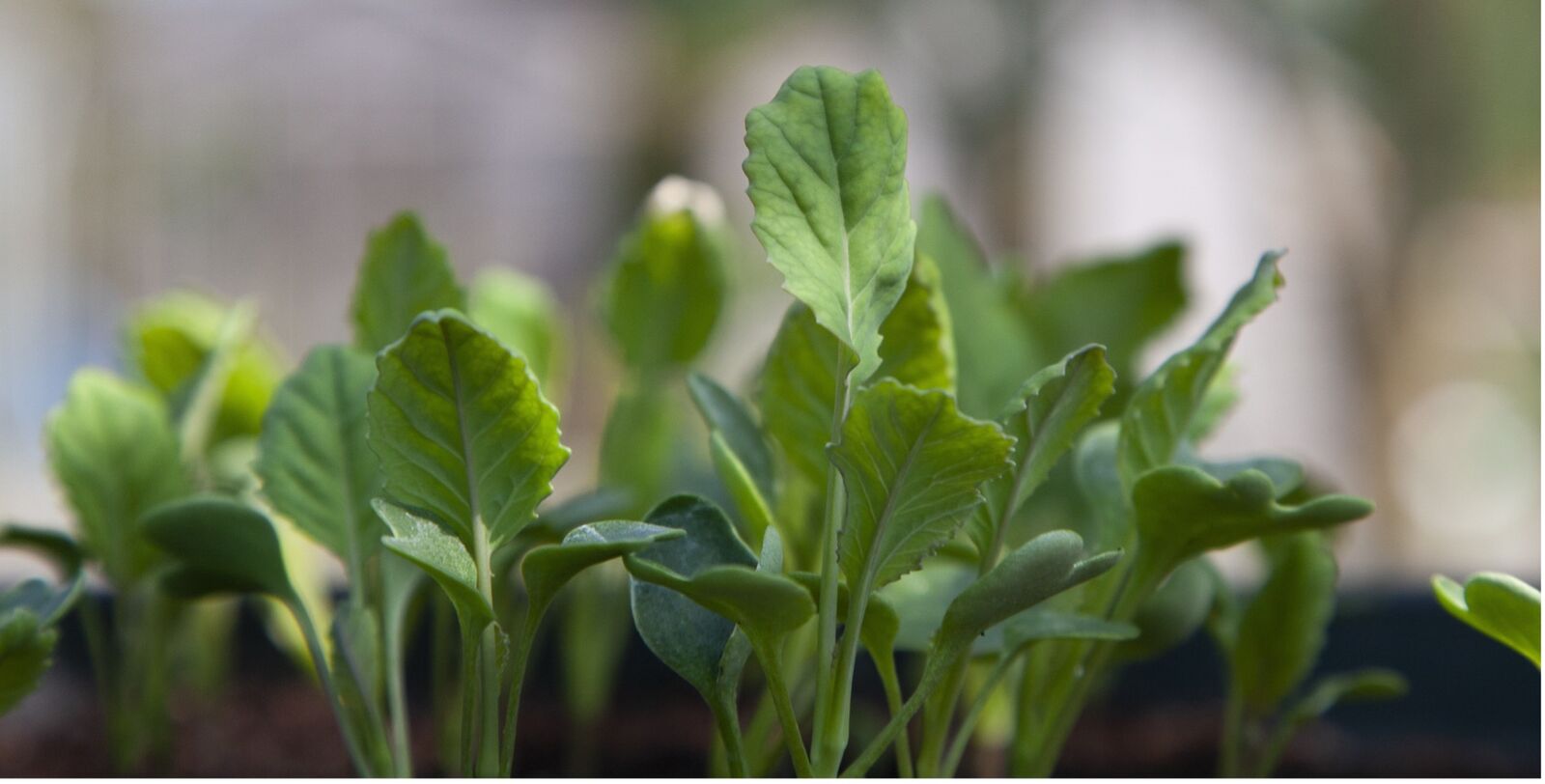
Depending on the variety, you can start growing from the end of January/beginning of February (early varieties) or from March-May for late varieties. Winter varieties are usually pre-grown in July/August. It also matters whether you plant your plants later in the greenhouse or outdoors. In the greenhouse, your plants are somewhat more protected and can be planted out earlier (end of March/beginning of April). Outdoors, it can take a few weeks longer until it is mild enough (April/May). At a germination temperature of approx. 18 ° C/64 ° F, your plants will need about a week to germinate. After germination, however, you should place them a few degrees cooler (12 - 15 ° C/53 - 59 ° F). The sowing depth is between 0.5 - 1 cm/0.2 - 0.4 in. You can find out what else you need to consider when growing seedlings in our article Growing Vegetable Seedlings.
Your seedlings will need around four weeks until they have developed 4 - 5 true leaves. Then they can be transplanted outdoors. It is best to prepare your bed in spring or autumn with a slow-release fertilizer (such as compost), as cauliflower needs a lot of nutrients. Before planting out, however, you should harden off your young plants to acclimatize them to the outdoor conditions. Otherwise they will get a shock or sunburn and die. You can find out how to do this in our article on Hardening Off Plants.
Direct sowing outdoors is also possible (early & late varieties: April-June, winter cauliflowers: July-August). Although your plants will then take a little longer to harvest, they are often more resistant to diseases and pests. However, to prevent them from being eaten away by pests early on, you should protect them sufficiently from slugs and birds. Direct sowing is also said to be more prone to bolting than pre-grown seedlings. Sprouting means that the plant grows in height and forms flowers, causing the cauliflower to lose its texture and taste. It becomes very bitter, the stems become woody and it is then no longer good to eat. Pre-sowing is therefore often recommended over direct sowing.
Caring for Cauliflower Plants
Cauliflower needs an even, medium-high level of moisture for healthy growth, otherwise it tends to bolt. Especially on hot days, it may be necessary to water your plants. Note that most plants are best watered from below, as this gives many fungal diseases less chance to take hold on your vegetables. You should also avoid waterlogging at all costs, as cauliflower plants cannot tolerate this.
Mulching your plants can also help to retain moisture in the soil. You can find out how to do this in our article on Proper Mulching. In addition to a steady supply of water, cauliflower also needs some fertilizer (e.g. nettle manure) every few weeks, as it is a heavy feeder. Weeds should be weeded and removed as required to give your cauliflower enough space and nutrients.
Cover & Tie up the Cauliflower
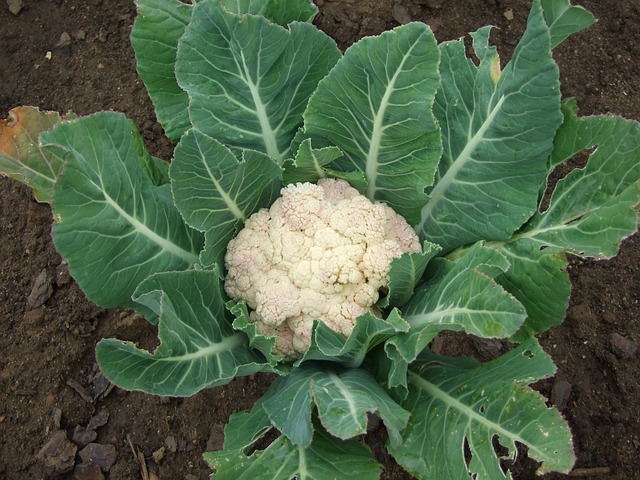
Cauliflower heads are often covered with their leaves or similar to protect them from sunburn and keep them nice and white. Carefully tie healthy leaves, if they are large enough, over the head. Leave some air between the leaves and florets to prevent any rotting. The slight brown coloration caused by the sun is not a problem and you can still eat the cauliflower if it has turned a little brown.
Companion Planting Table: What Goes Well With Cauliflower?
Mixed cultivation has many advantages. In addition to a diverse range of flowering plants, it also helps to keep diseases and pests away from your plants if planned correctly. The mixed cultivation table below lists the good and bad companions for cauliflower. You can find out more about mixed cultivation with cabbage plants in our article Mixed Cultivation With Cabbage.
Cauliflower: Companion Plants, Antagonistic Plants
Companion plants complement your plants in their growth, for example, or emit scents that keep pests and diseases away from your plants. Celery next to cauliflower, for example, ensures that the cabbage white butterfly does not attack your cabbage plants. Cabbage white butterflies don't like the smell of celery and therefore stay away from your plants. The same applies to tomatoes.
Antagonistic plants, on the other hand, encourage the spread or establishment of pests and diseases, as they can also be attacked by them. This makes it easier for them to spread in your bed. In addition, bad companions often either grow at the same rate below ground and their roots get in each other's way, or they don't have enough space above ground and take sun and nutrients away from each other.
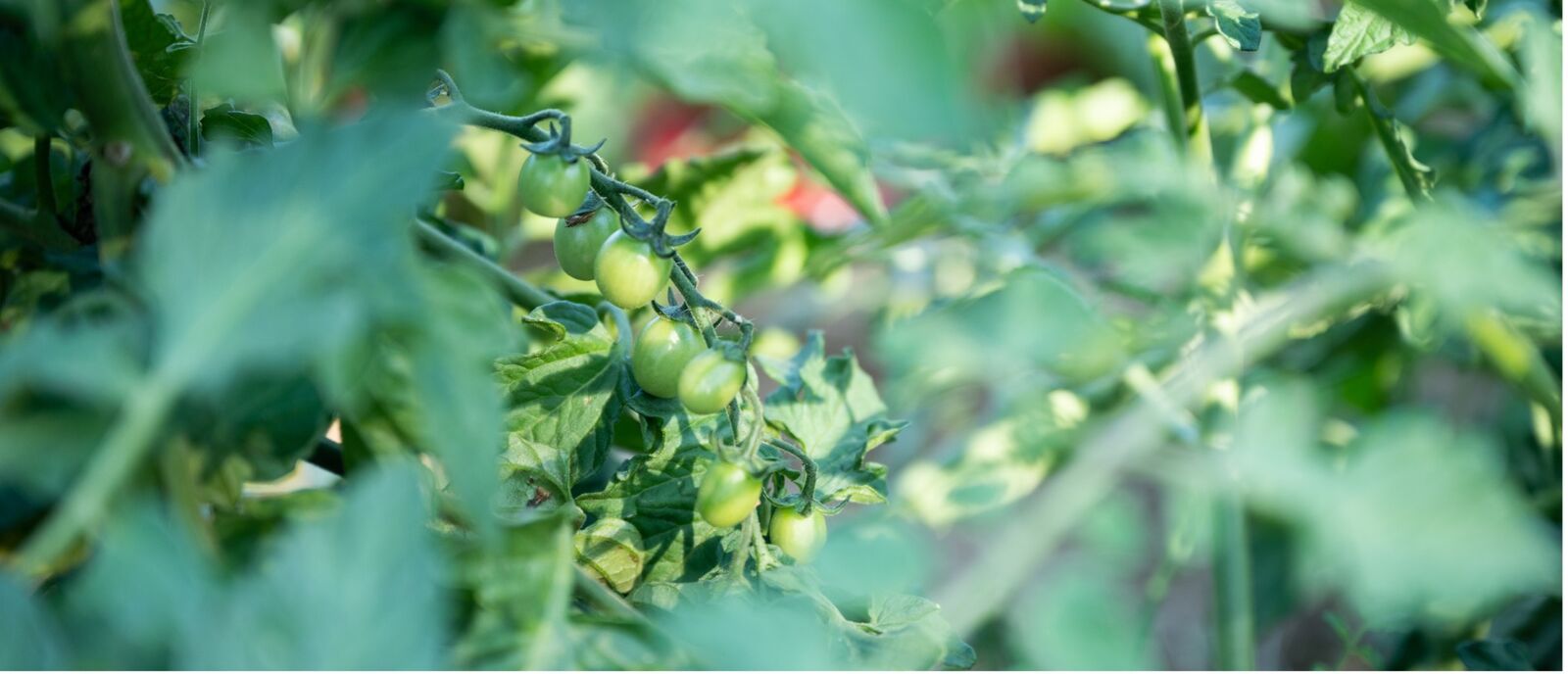
| Companion Plants | Antagonistic Plants | |
|---|---|---|
| aubergine | paprika | strawberry |
| beans | postelein | garlic |
| peas | lettuce | cruciferous plants |
| nasturtium | celery | leek |
| swiss chard | spinach | onions |
| tomatoes |
Succession Cropping & Crop Rotation
Succession cropping and crop rotation are concepts in which the same plant families are not grown again in succession on a bed. Normally, after growing vegetable plants, a break of 3 - 4 years is taken on this site before the species is returned to the bed. This serves to prevent pests and diseases from establishing themselves in the soil. You can find out more about this topic in our article on Succession Cropping & Crop Rotation in the Vegetable Garden.
It is therefore also recommended that cauliflower and other types of cabbage are given a 3-4 year break between crops. In addition to alternating between plant families, it is also advisable to rotate between strong, medium and light feeders in one year. This prevents your soil from leaching out and gives it time to recover after plants that require nutrients. You can find a table on heavy, medium and light feeders in our article on Crop Rotation in the Vegetable Garden.
Cauliflower: Pests & Diseases
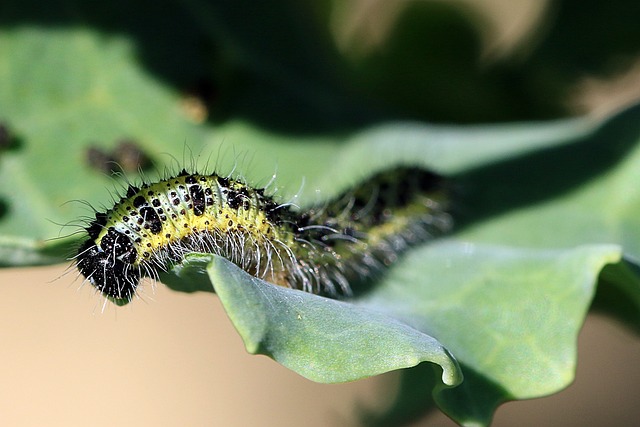
Cauliflower can be attacked by a number of pests and diseases, including aphids, cabbage leafhopper, cabbage fly, cabbage hernia, cabbage whitefly, downy mildew, slugs, soft rot and whitefly. You can find more details on preventing pests and diseases in cabbage plants under Planting Cabbage: Pests & Diseases. Cabbage white butterflies like to lay their eggs on cabbage plants. It is best to check your cabbage plants regularly for eggs and remove them as soon as you discover any. Crop protection nets can also help to protect your plants from pests. Birds also like to feed on young plants, as do slugs and snails, which eat the leaves of cabbage plants very quickly. You can find out what you can do against snails in the garden in our article on Controlling Snails.
Harvesting Cauliflower: When Do You Harvest Cauliflower?
Before you harvest cauliflower, you should stop fertilizing about 2-4 weeks beforehand . This will ensure that the nitrate content in the vegetables does not increase too much.
Cauliflower is ready to harvest when the heads are firm, the florets are still closed and lie close together. As soon as cauliflower (with the exception of the orange varieties) starts to turn yellow and the florets begin to open, it is high time to harvest. Early cauliflower varieties are ready for harvest as early as June, while late varieties can be harvested until October and November.
Cut off the head with a sharp knife, but leave the leaves on the head to keep it fresh. You can also pull the whole plant straight out of the ground. Be careful not to damage the florets, otherwise the shelf life will suffer. If you hang the whole plant upside down, cauliflower can even be stored in a cool place for up to 4 weeks.
Storing & Preserving Cauliflower
Cauliflower should be stored in the fridge or cool cellar, where it will keep for around 1 - 2 weeks. Canning, drying and freezing are other ways to extend the shelf life of your cauliflower.
Pro tip:
Did you know that the leaves of cauliflower are also edible - just like other types of cabbage? They contain even more vitamins and fiber than the white florets. However, only use the inner, still soft leaves when cooking. The large, outer leaves are already woody. However, you can use them for mulching, for example.
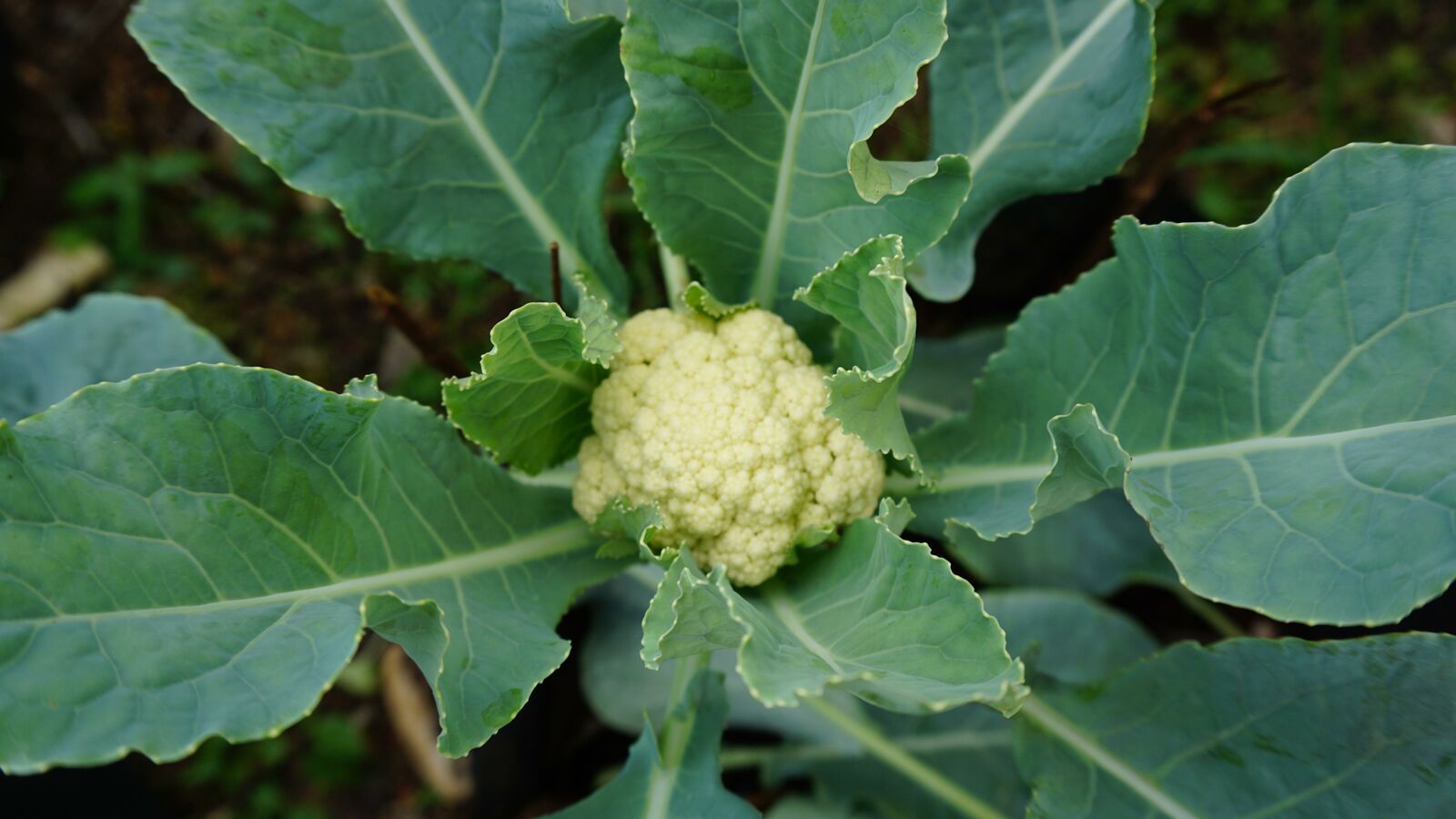
Freeze Cauliflower
Cauliflower can be frozen for longer storage. Wash the cauliflower and remove the leaves. Cut the florets into small pieces and blanch them briefly before freezing to preserve the quality and firmness of the florets. Then pack them in airtight containers or bags to prevent freezer burn. They can be stored very well in the freezer for up to a year.
If you have any questions or comments, please write to us at magazin@fryd.app. Would you like to receive helpful gardening tips all year round and plan your own beds optimally? Then register here or download the Fryd app for Android or iOS.
Fryd - your digital bed planner
Cover image by Eric Prouzet on Unsplash.
Marielena
Current Topics in the Community

#red , #tuesday

Liked 1 times
#testpostcount

Dec 2025
Popular Articles

Companion Plants for Carrots: What (Not) to Plant With Carrots

Companion Plants for Celery : What (Not) to Plant With Celery?

Strawberry Types: List of Best Strawberry Varieties

Companion Planting With Strawberries: Companion Plants and Planting Plan

Basil Varieties & Types at a Glance

What to Plant With Cabbage: Good and Bad Companion Plants

Fertilizing Strawberries: Home Remedies & Natural Fertilizers at a Glance

Growing Sweet Potatoes: Tips on Cultivation & Companion Plants

Companion Plants for Kitchen Herbs: Chives, Parsley & Co

What Herbs Can Be Planted Together?
FAQ
How long does cauliflower take to grow?
Depending on the variety and growing conditions, it takes between 55 and 100 days from sowing to harvesting cauliflower.
How much space do cauliflowers need?
For healthy growth, cauliflower plants should be planted at a distance of around 50 cm x 50 cm, depending on the variety.
How long does cauliflower keep?
Freshly harvested cauliflower will keep for about 1-2 weeks in the fridge. Frozen, it will keep for several months to years in the freezer.
Yes, cauliflower can be frozen well. It is advisable to blanch it briefly beforehand, after which it will keep in the freezer for 9-12 months.